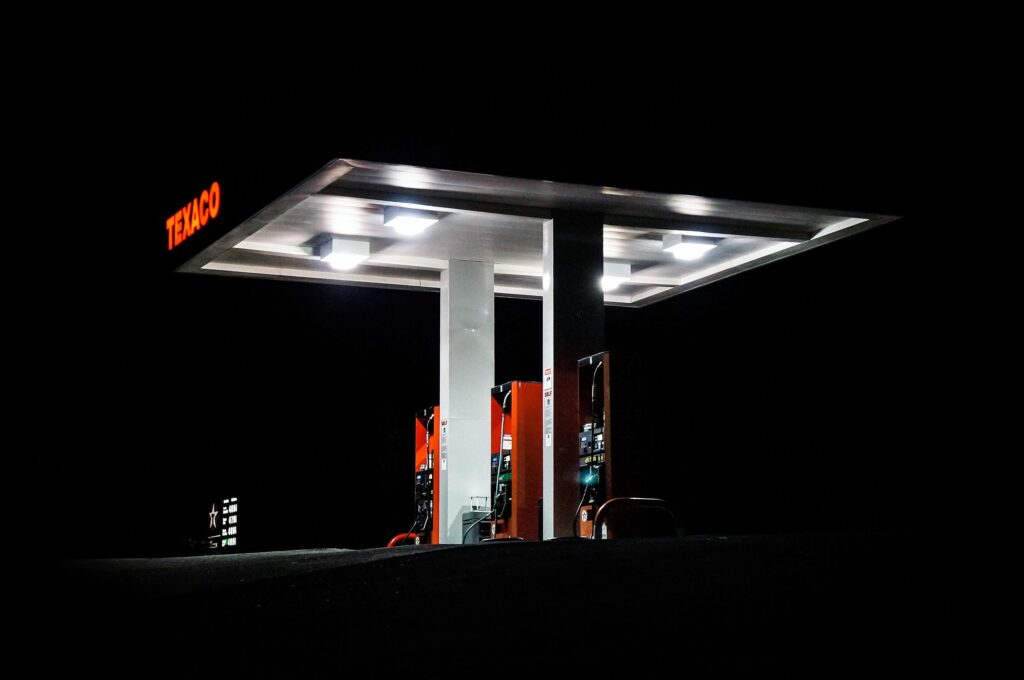Alternative fuels would save internal combustion engines beyond 2035, but with major limitations, as shown by a recent article by Ivan Manzi on the Futura Network

The choice of the European Commission to postpone the vote on the ban on the production of new cars that have an impact on the climate crisis from 2035 has caused much controversy and much confusion, especially in Italy. An interesting article by Ivan Manzo on Futura Network tries to clarify the issue.
The first point is that the ban on internal combustion engine cars does not concern the circulation of conventional cars or the second-hand market. The EU wants to register from 2035 only vehicles capable of not producing any CO2 emissions to counteract the greenhouse effect. Furthermore, for those who produce less than a thousand vehicles a year there is an exemption from the law. The entry into force of the regulation, which may in any case be revised by 2026, is in any case subject to approval by the Council of the European Union where Italy and other European countries (Poland, Bulgaria and Germany) have discussion.
The regulation, recalls Manzi, is part of the broader Fit for 55 package to reduce greenhouse gas emissions by 55% by 2030 compared to 1990 levels, which in turn is part of the Green New Deal to achieve carbon neutrality by 2050. Nor the text completely closes the door to petrol, diesel and hybrid cars since engines that will not be carbon neutral from 1 January 2035 will be banned. There is therefore no obligation to produce and sell only electric cars, provided that zero-impact solutions are found for other vehicles. Hence the reason why we speak of "alternatives" to electricity, given for example by "e-Fuels", "biofuels" and "hydrogen".
Biofuels
Manzo's analysis is precise: there are biofuels, better known as biofuels, of first generation and second generation and they are obtained with different transformation processes and have a feature particularly appreciated by those who oppose the ban today: they can be used by cars with endothermic engine. Among the first generation ones are bioethanol and biodiesel, capable of fueling vehicles if used entirely or mixed with other fossil fuels. Today, the major production of bioethanol is made in the United States, where it is mainly obtained from corn, and in Brazil, from sugar cane. The vast production of biodiesel instead comes from Indonesia through the use of palm oil, and from the United States and Brazil, as well as from Europe, obtained from other vegetable oils such as rapeseed and sunflower.
However, we are faced with a solution that is far from sustainable. The high energy consumption in the initial stages of the supply chain (seeding, fertilization, irrigation, harvesting, transport, production) in fact seem to nullify the effective CO2 savings. Indeed, analyzing the entire life cycle of the production of first generation biofuels it can be seen that the amount of CO2 emitted is greater than diesel and petrol. Having always clear the objective, namely the decarbonisation of the sector, that of first generation biofuels therefore seems an option to be discarded, even more so when compared to electric mobility.
Second generation biofuels, on the other hand, are produced starting from waste and waste materials, such as edible oils, animal fats, agricultural residues, and record better performances for greenhouse gas emissions but with two clear limitations: a rather high cost in the of production; and the dependence on waste. The offer is therefore influenced by the availability of secondary raw materials, a constraint which appears even more marked when viewed in the Italian context, where there are currently almost 40 million cars in circulation.
E-Fuels and hydrogen
Hand in hand, recalls Manzi, the debate on e-Fuels is also growing. These are synthetic biofuels (or synthetic hydrocarbons) capable of feeding the traditional engine, which can be obtained in a liquid or gaseous state starting from hydrogen and carbon. Unlike first generation biofuels, the production of e-Fuels can be sustainable as long as it is made from green hydrogen obtained through the electrolysis of water and that the energy used in the process is renewable (so as to reduce greenhouse gases generated during the entire life cycle). Only in this way, therefore, can hydrogen be defined as "green". At present, however, hydrogen is obtained in a completely different way, just think that in 2020 the worldwide production of hydrogen came almost entirely from fossil sources, in particular from gas (3/4 of the total), and from coal.
The availability of carbon to produce e-fuels also has its challenges. In this case, to be sustainable, the carbon must be of biogenic origin, i.e. renewable. However, the most abundant source from which to obtain the carbon in question is the CO2 deriving from the fossil fuel sector, where it is impossible to eliminate greenhouse gas emissions (being the sector most responsible for the climate crisis) and where to "capture carbon dioxide" it is necessary use large quantities of energy which at the moment make the operation inefficient for the purposes of the decarbonisation process and economically inconvenient (today the cost of a liter of e-Fuel is around 20 euros). We can also obtain e-Fuel from carbon even from organic waste, but in this case we would have to choose whether to use them to make biogas, biomethane or e-Fuel, a choice that penalizes and limits the breadth of the offer; and from biomass, sharing the same shortcomings as first generation biofuels.
Basically, due to a series of "significant barriers", including a much more intense use of energy to obtain the same result compared to direct electrification, e-Fuels are destined to play a marginal role in the transition process of light transport. They should therefore be oriented towards different sectors where they can be useful by playing an important role, such as in the aviation sector.
In addition to the possibility of obtaining hydrogen for e-Fuels, the possibility of direct use of hydrogen is also being studied. As previously mentioned, to be sustainable, hydrogen must be totally produced from renewable sources. This is a non-trivial aspect given that it preconfigures one more step with respect to direct electrification and which, for this reason, makes the solution much less efficient in terms of energy consumption. Furthermore, hydrogen requires the development of a new dedicated distribution system. The methane pipelines available today, often brought up in the debate, are in fact not suitable for the transport of an element that escapes, for example, the materials, valves and compression mechanisms used in the sector.
The electrification
After about a century of development and contradictions, the next few years could spell the death of the traditional engine. Although improved over time in terms of polluting and climate-changing emissions, the internal combustion process remains and will always remain a problem for people's health and for the planet, and neither e-fuels nor biofuels would change this situation. However, the electric car can do it, which is able to feed itself without producing atmospheric pollutants and CO2 on site. It is true that electric mobility must be powered by an energy that is still partly conditioned by fossil fuels, but it is equally true that this energy will be increasingly renewable.
Even on consumption, electricity prevails. An internal combustion engine is in fact not very efficient: it wastes 70-80% of the energy contained in the fuel. In practice, Manzi's article explains, about 70-80 euros out of 100 euros of fuel are thrown into waste heat and only the remaining 20-30 euros are used for traction purposes, while for the electric car the efficiency it's at the 80%, just the opposite.
It should be remembered that although efficiency rewards the choice of electric, there is still a long way to go to make it accessible to millions of people. As with traditional cars, electric vehicles have to solve various problems relating to components and the dependence on raw materials from abroad. Above all there is at the moment the concern related to batteries. Then there is the question of infrastructure. At the end of 2021, there were around 26,000 public charging points and 24,000 private charging systems in Italy. As highlighted by the report of the former Ministry of Infrastructure and Sustainable Mobility, if we wanted to meet the objectives of the Fit for 55% we would need to invest at least three billion euros between now and 2030 to create at least 3.6 million private charging points and 31,000 and 850 public charging points (as seen in the following table). In short, this is Manzi's conclusion, we are talking about objectives that require a large systemic effort which, in order to be achieved, require adequate political, cultural and informational support.






